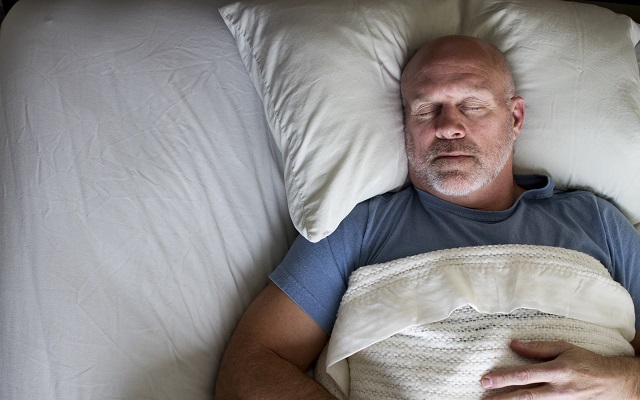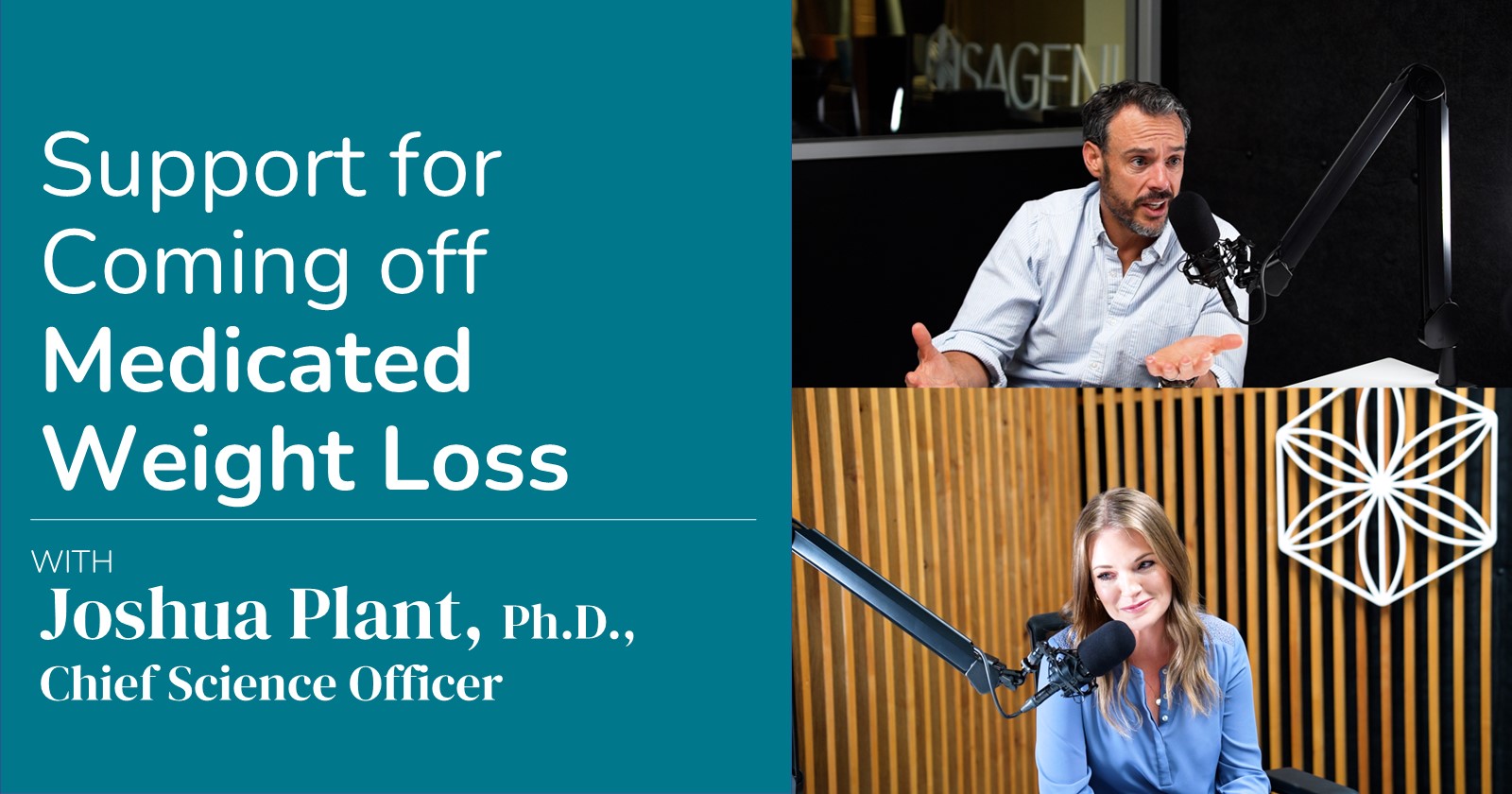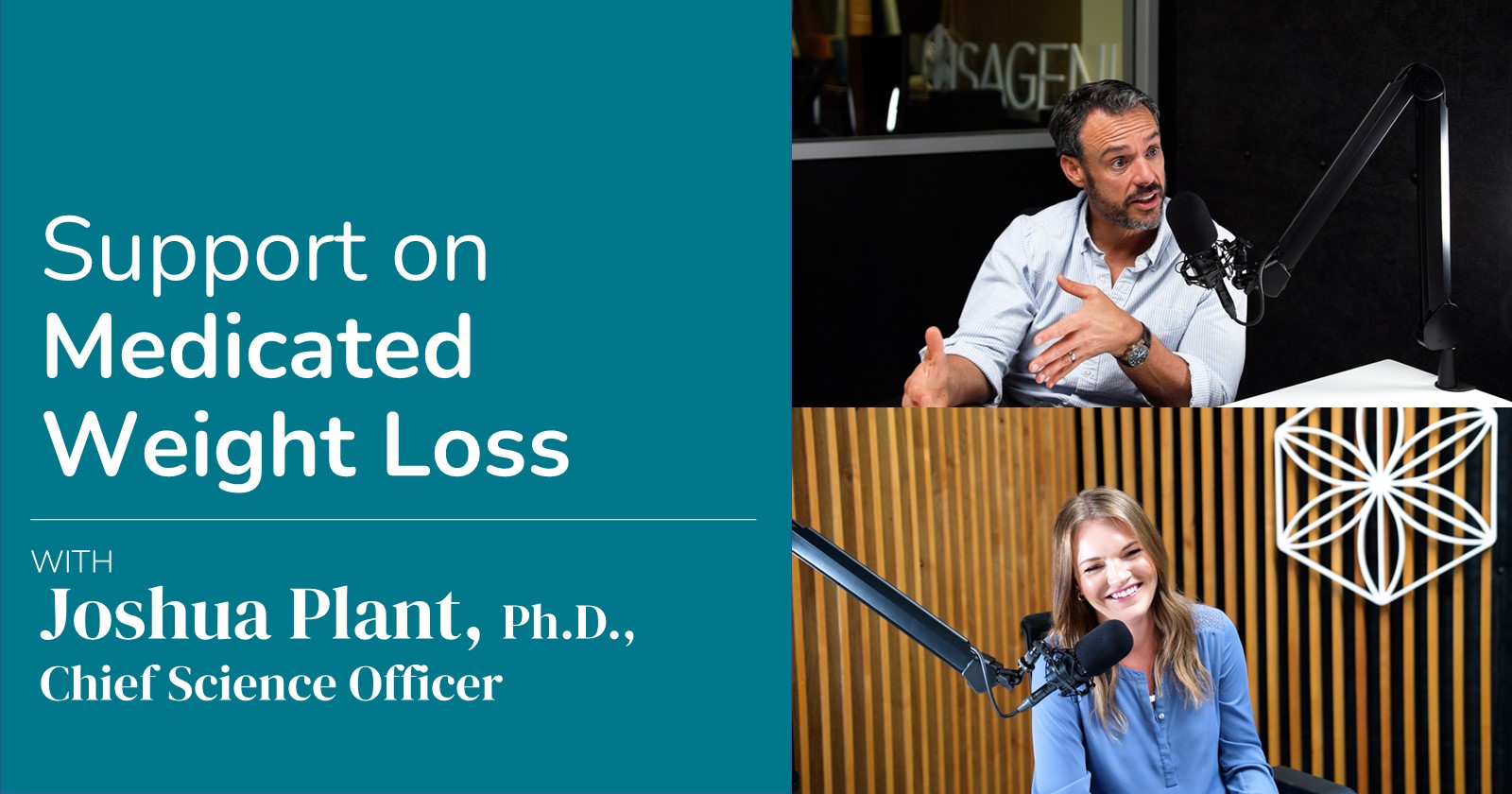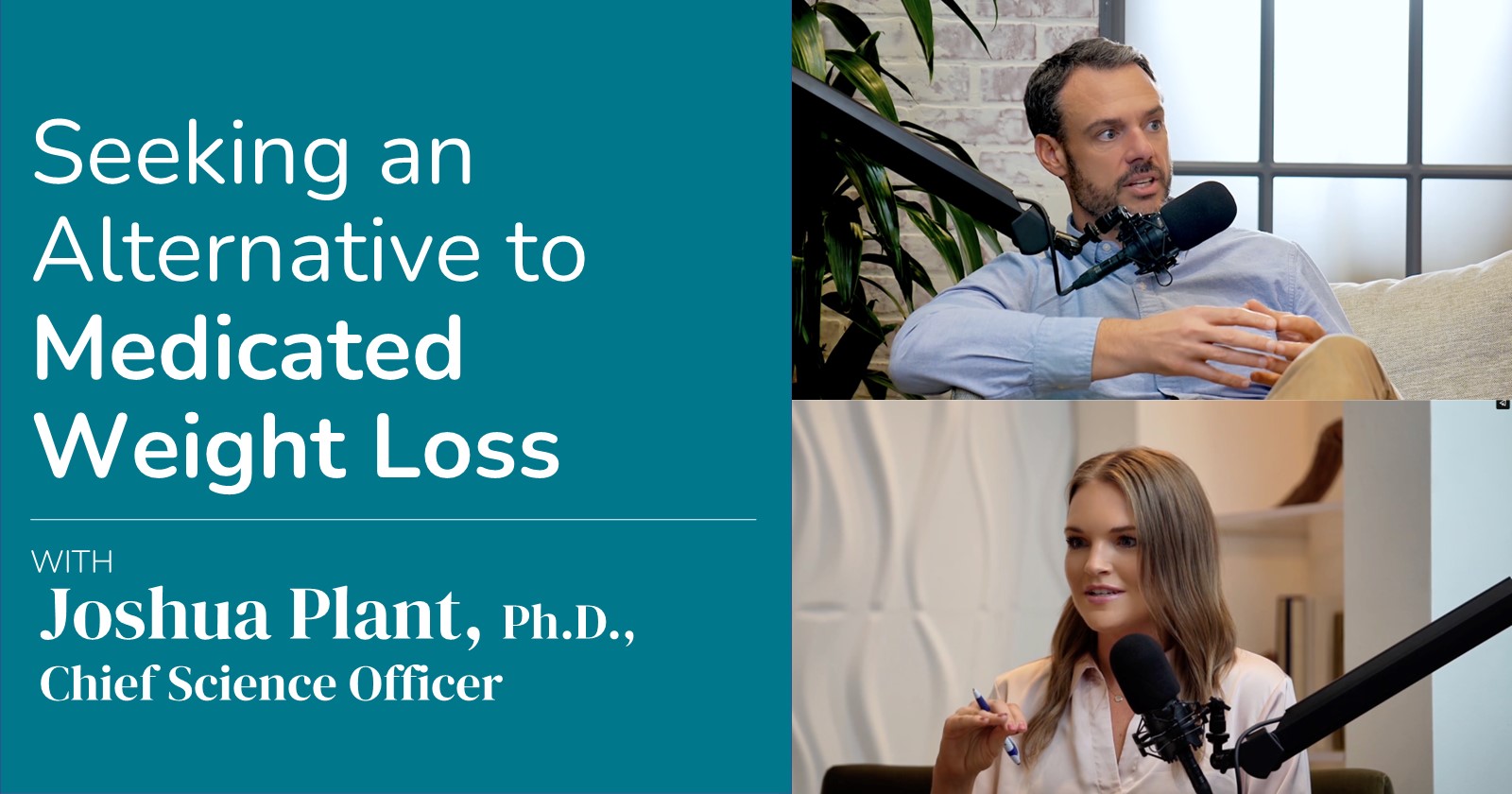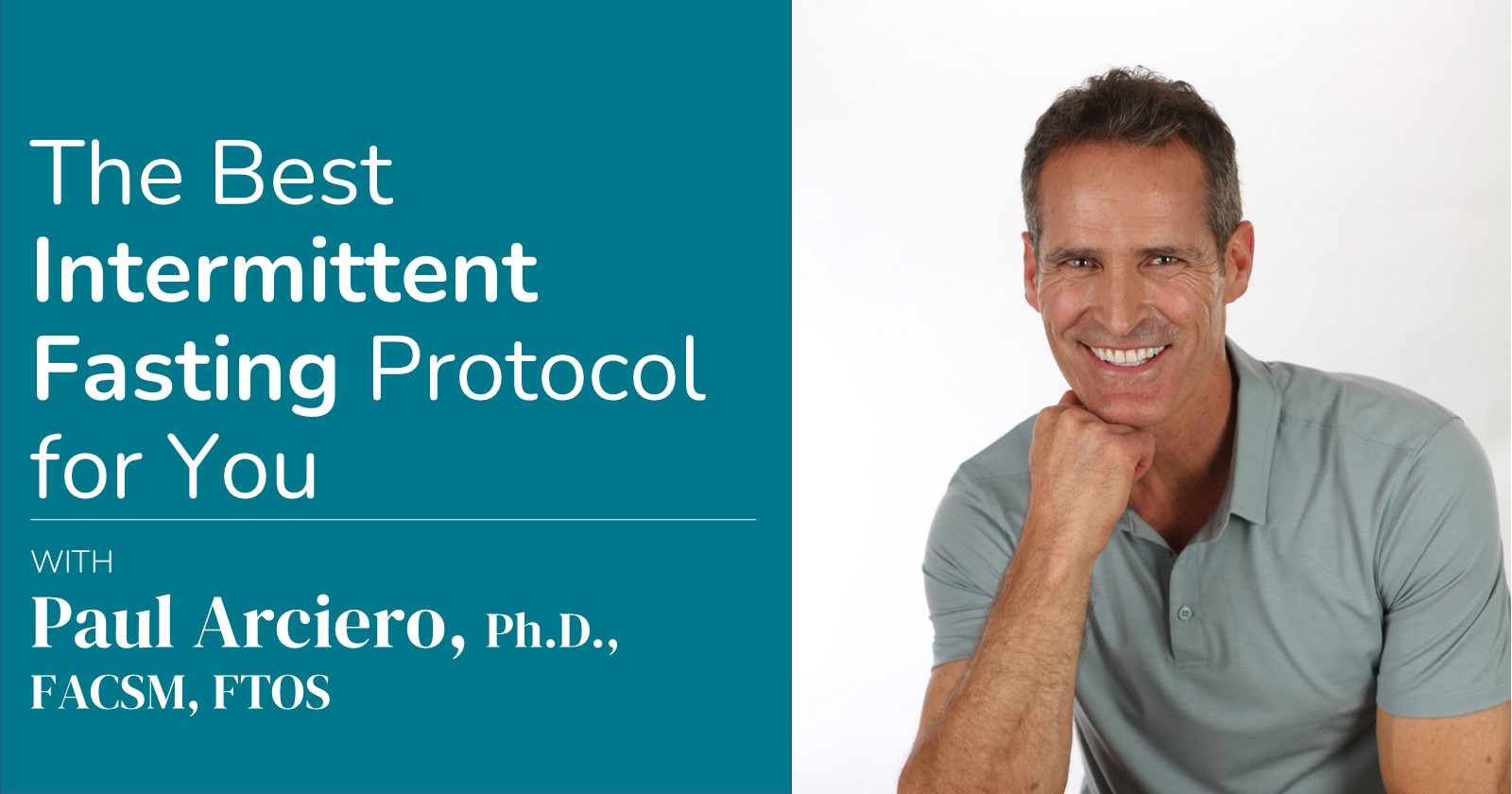By Michael Colgan, Ph.D.
“Sticky fat” is a great name for the last ten pounds of fat that refuse to leave the building. Often they stick out from the belly or atop the hip bones. But, in many folk who hit a plateau in weight loss, there’s a lot more fat deep inside plumping them up like a goose… You can’t see it, because it`s visceral fat distributed around the liver and kidneys, intestines and reproductive system. Visceral fat is even stickier. Working with top modeling agencies to solve this problem, we know that starvation diets are never the answer. Starvation strips your facial fat before touching sticky or visceral fat. Starvation creates that gaunt, pale, vampire face, the face that likely started the Goth craze.
So starving is useless for models who depend on their looks for a living. We had to develop some special techniques to remove the fat while saving the face. Together with decent proteins, such as IsaLean® Shake or IsaLean® PRO Shake, and a full complement of micro-nutrients everyday, they have boosted many a modeling career.
The most important strategy is thermogenesis, the creation of heat. It occurs mainly through a mechanism called brown-adipose-tissue (BAT), which permits production of heat directly from bodyfat without going through the energy cycle or being burned in muscular activity (1). That is, you can lose body fat without moving a muscle, even while you sleep.
Usual weight loss programs do not activate BAT. Just the opposite. If you go on sudden food restriction, the body automatically turns down heat production, and energy, as a defense mechanism to conserve its fat. That’s why strict dieters generally feel cold and tired.
Scientists used to think that thermogenesis would not work for everyone, because, unlike bears and some other mammals, humans cannot hibernate. A hibernating bear for example, can lose 300 pounds of fat while it sleeps, as its body converts fat directly to BAT, which then creates the heat required to keep it from freezing over the winter.
We`re not as efficient as bears at activating BAT. Nevertheless, recent technology has allowed us to measure human BAT. The body of a 40-year-old man or woman can make sufficient BAT to provide 15 percent of their total energy, and get it all from body fat (2).
There are four steps to activating BAT and thermogenesis, and you need follow all of them carefully to succeed.
1. Melatonin
The first and most important is melatonin, the hormone that turns on in the brain for your sleep cycle.
Melatonin has long proven beneficial in treatment of the metabolic syndrome and diabetes, but until recently we didn’t know exactly why. Now we do. No accident that the bear turns on copious melatonin to activate BAT during the sleep of hibernation. In bears and humans, melatonin acts to convert white body fat to BAT and heat (3).
After about age 20, melatonin declines the human body. By age 40, it has declined by half. You can get some melatonin from almonds, sunflower seeds, coriander, cardamom, and mustard greens. Unless you eat a lot of them, however, it is insufficient to activate BAT (4). The alternative is supplementary melatonin. But most melatonin pills are deactivated by digestive acids in the gut and first pass through the liver. A liquid melatonin spray such as Sleep Support & Renewal™ spray is much better. It is quickly absorbed in the mouth and easily passes through the blood/brain barrier to targets in the brain.
For stubborn fat loss we have used up to 10 milligrams (mg) of liquid melatonin taken last thing every night. Some folk sleep too soundly on that much and wake groggy. So, if you use it, start with one to three mgs and work up. Don’t miss a day or the body will strongly turn off BAT. Then you are two days behind.
2. Sleeping
Here are essential sleeping criteria for melatonin use for fat loss. Inadequate sleep disrupts BAT activity. So get sufficient sleep, seven to eight hours. Sleep cool, which encourages heat production. And sleep dark which optimizes melatonin release.
Using you cell phone or computer in bed is a special no-no as the wavelength of light used to backlight these devices effectively turns off your melatonin rhythm (5). Now, however, you can get an app called “f-lux,” which changes the backlight so it does not affect melatonin.
3. Morning Thermogenesis
It is essential to continue the thermogenesis and fat loss when you wake up in the morning. A strong cup of Arabica coffee on an empty stomach continues thermogenesis and burns body fat through the BAT mechanism for up to four hours afterwards (6).
The chemicals called catechins in green tea, especially epigallocatechin gallate (EGCG), are likely more effective than caffeine (6,7). Isagenix Coffee contains Arabica beans and green tea and is available in organic or premium grind. An e+™ Shot, which contains caffeine extracted from green tea and yerba mate is about equivalent to the caffeine in a strong cup of coffee. The e+ Shot can be used during the day with no side-effects.
In a recent controlled study, two groups of healthy men used a moderate reduced calorie diet, plus tea for 12 weeks. One group had green tea extract added to the tea to yield high levels of EGCG. The group consuming this tea lost an average of 5.4 pounds of body fat, approximately twice the loss of the control group. Much of the loss was visceral fat from the belly (7).
4. Omega-3s for All-Day Thermogenesis
To turn on thermogenesis, the body has to produce proteins called Uncoupling-Proteins (UCPs) which uncouple the use of oxygen from the production of ATP (our energy molecule). The oxygen can then go direct to production of heat by mixing with and burning the BAT you have activated. But, whenever it’s visceral fat it is under threat, the body turns UCPs way down.
Recent research shows that high levels of the omega-3 fats EPA and DHA, from marine sources, strongly turn up the UCPs again (8). We use up to four grams daily. IsaOmega™ is a great source. As with every nutritional supplement, start low and slow. Spread out use with each meal during the day to aid digestion.
Summary
1. Melatonin. Up to three sprays of Sleep Support and Renewal every night.
2. Sleeping. Cool, dark, and seven to eight hours.
3. Caffeine. Or EGCG each morning, or both.
4. EPA and DHA. Four grams of each spread throughout the day.
Thermogenesis for life and a lot more health benefits besides. If you can look from the front and see your spine, you’ve gone a bit too far.
About Dr. Colgan
Dr. Michael Colgan is a world-renowned research scientist, leading expert in the inhibition of aging, and a member of the Isagenix Science Advisory Board. Dr. Colgan has provided nutrition, training and anti-aging programs to more than 11,000 athletes, including many Olympians. He is director of his eponymous Colgan Institute, a consulting, educational and research facility concerned with the effects of nutrition and exercise on athletic performance, along with prevention of chronic degenerative disease, and prevention of degeneration of the brain. Dr Colgan’s sports articles are published on his blog www.drmichaelcolgan.com.
References
- Stock MJ. Thermogenesis and brown fat: relevance to human obesity. Infusionstherapie, 1989;16(6):282-284.
- Giralt M, Villarroya F. White, brown, beige/brite: different adipose cells for different functions? Endocrinology. 2013 Sep;154(9):2992-3000. doi: 10.1210/en.2013-1403.
- Jiménez-Aranda A, et al. Melatonin induces browning of inguinal white adipose tissue in Zucker diabetic fatty rats. J Pineal Res. 2013 Aug 12. doi: 10.1111/jpi.12089.
- Colgan M. Sound Sleep. American Fork UT: Sound Concepts, 2012.
- Wood B, et al. Light level and duration of exposure determine the impact of self-luminous tablets on melatonin suppression. Applied Ergonomics 2013 Mar;44(2):237-40. doi:10.1016/j.apergo. 2012.07.008.
- Westerterp-Plantenga MS. Green tea catechins, caffeine and body-weight regulation. Physiol Behav. 2010 Apr 26;100(1):42-6. Doi10.1016/j.physbeh.2010.02.005.
- Wang H, et al. DJ: Effects of catechin enriched green tea on body composition. Obesity (Silver Spring) 2010, 18:773-779.
- Flachs P, et al. Cellular and molecular effects of n-3 polyunsaturated fatty acids on adipose tissue biology and metabolism. Clin. Sci. (Lond.) 2009;116:1–16.

